On this page we chart the trajectories of a few of our group alumni who have left us since the beginning of the Neutrinos and Rare Event Searches Group at UTA in 2016.
Graduate students
Ben Smithers, PhD 2023

Benjamin R Smithers is a PhD candidate working with Dr. Benjamin Jones at UTA. He earned his bachelor’s degree at University of California at Santa Cruz, where he majored in both Physics and Mathematics. During his PhD at UTA, Ben developed the first search for cascade-based appearance signatures of sterile neutrinos at IceCube, both elucidating the phenomenology of the appearance signal in a small-author-list PRD and then developing a dedicated IceCube analysis for this signature. He made major contributions to IceCube software, in particular in the areas of systematic uncertainty quantification and event generation. For this work he was co-awarded the IceCube Impact award in 2020.
Ben is now a postdoctoral researcher at Triumf in Canada, working on the HyperKamiokande experiment.
Grant Parker, PhD 2022
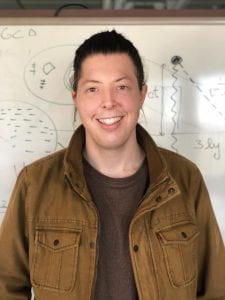
Grant was a graduate student in the UTA-nuRES group. He started as a member of NEXT, working on light detection methods and event reconstruction, and later moved on to do analysis in IceCube with a focus on BSM oscillations studies such as non-standard interactions and neutrino decoherence. In 2022, Grant set the strongest limits on neutral current mu-tau flavor changing NSI in his paper, Strong constraints on neutrino nonstandard interactions from TeV-scale νμ disappearance at IceCube, a Physical Review Letters Editors’ Highlight. He is a first-author for the pending article, Searching for Decoherence from Quantum Gravity at the IceCube South Pole Neutrino Observatory, which reports the world’s leading limits on neutrino oscillation decoherence from his second dissertation analysis.
After leaving our group, Grant moved to Chicago and obtained a job as an AI/ Data Scientist with United Airlines
Leslie Rogers, PhD 2021 – now Maria Goeppert Meyer postdoctoral fellow at Argonne National Laboratory
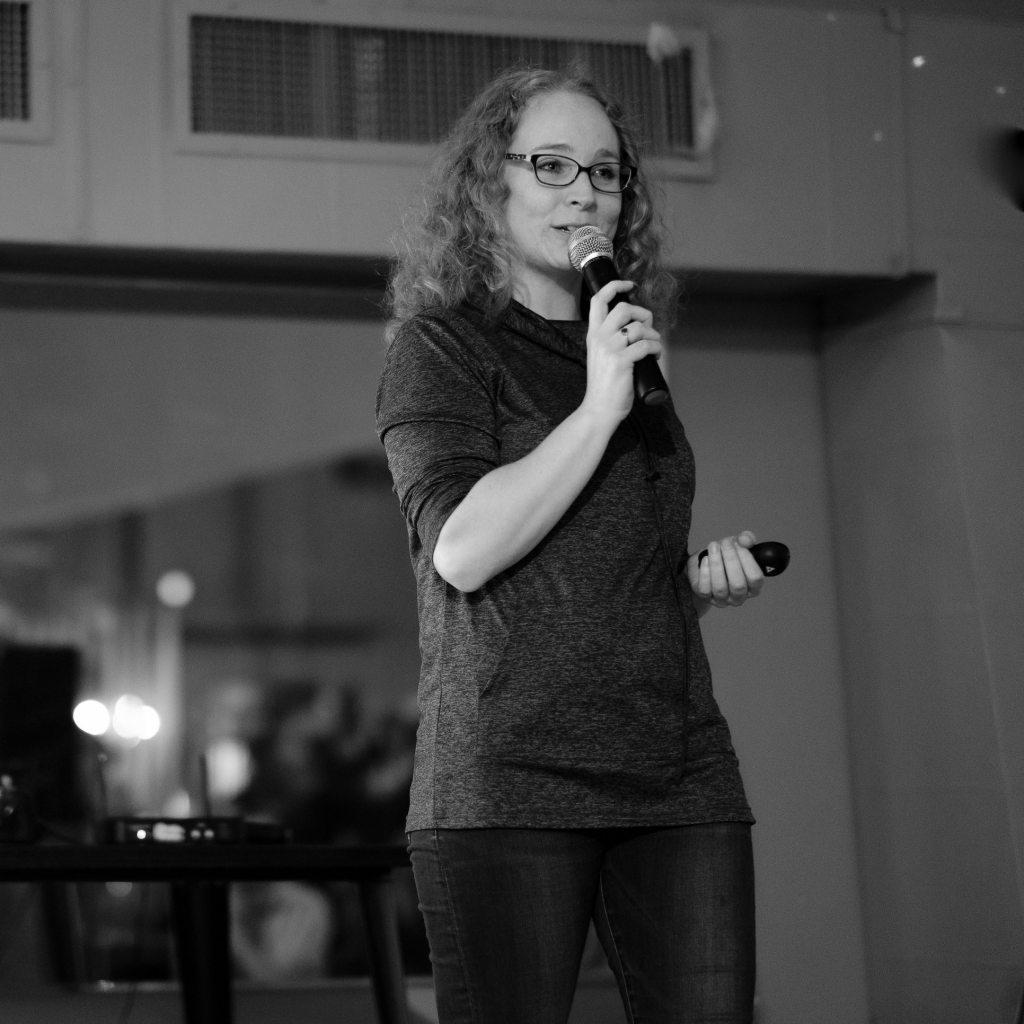
Leslie Rogers was a graduate student in the UTA-nuRES group. She was leading author on three papers during her PhD, and oversaw design, validation prototyping and initial production of the electroluminescent regions for the NEXT-100 TPC. She also led the team responsible for design, fabrication and commissioning of the Mothership large scale electroluminescent region test stand, and studied cosmogenic backgrounds in both NEXT-100 and ton-scale phases of NEXT. She also wrote a phenomenological paper benchmarking novel methods for cosmogenic background mitigation using neutron absorbing additives in neutrinoless double beta decay experiments.
Leslie’s graduated in December 2021 to begin a prestigious Maria Goeppert Meyer fellowship at Argonne National Laboratory, where she works in a leading role on construction of the NEXT-100 experiment and development of the NEXT-CRAB system.
Austin McDonald, PhD 2020 – now joint Harvard / UTA postdoctoral researcher
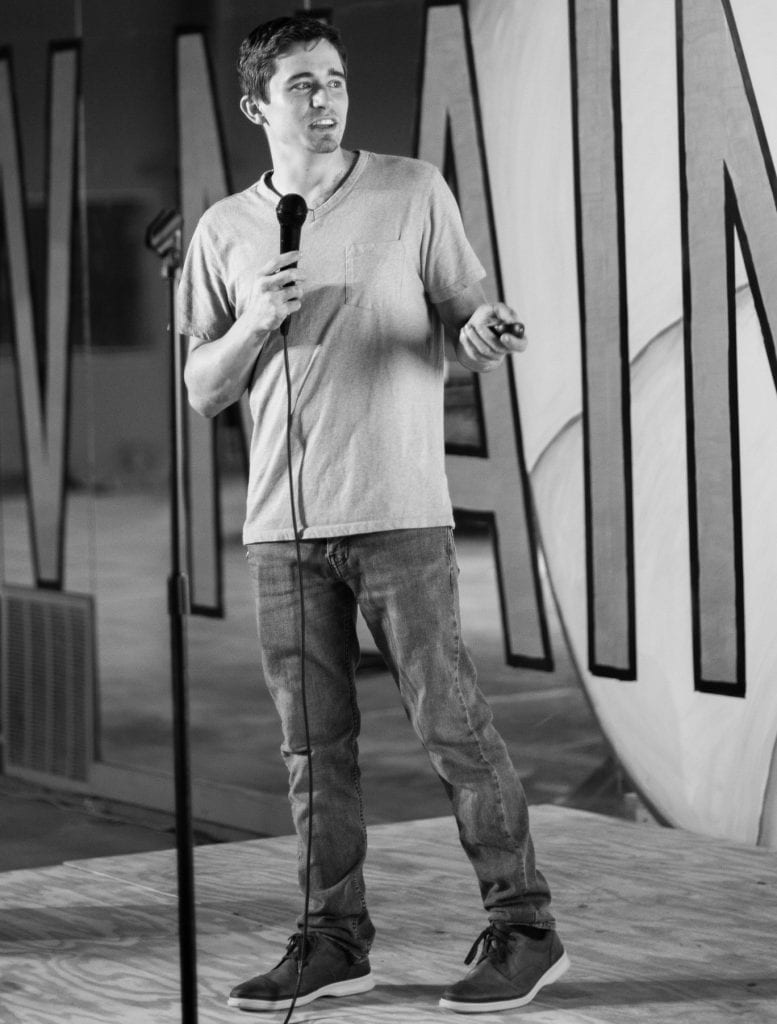
Austin McDonald was a graduate student in the UTA-nuRES group. He was leading author on five papers during his PhD, and worked to pioneer barium tagging using single molecule fluorescent imaging, including making the first demonstration of single Ba2+ detection in any medium. He also co-lead studies of the sensitivity of ton-scale NEXT detectors and made important advances in xenon gas microphysics including studying drift and diffusion in xenon-helium mixtures and co-leading development of the PyBoltz project.
After leaving the group, Austin became a postdoctoral researcher with a joint position Harvard University and UTA, working on the QPix experiment.
Undergraduates
(since we welcome a large number of undergraduate collaborators every year, here we list the trajectories of only a handful of exemplary students):
Jacqueline Baeza-Rubio, Undergraduate Biochemistry/Physics 2023 – PhD student, Yale University

Jacqueline “Jackie” Baeza-Rubio joined our group as a high school intern after attending one of our groups high school summer camps. She then attended UTA to pursue her degree in physics and worked with our group as an undergraduate researcher for four years. During that time she made wide contributions to our work including to barium tagging, the CRAB program, to xenon gas microphysics simulations and to the NEXT-100 experiment. She was also the PR director for the outreach program @DFWTapTalks, UTA’s youngest McNair scholar, and undergraduate board representative for the National Society of Hispanic Physicists. She is now a graduate student at Yale, pursuing a PhD in physics with the Project 8 experiment.
Karla Silva, Undergraduate Biochemistry/Physics 2022 – PhD student, Rice University
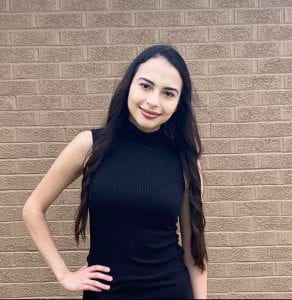
Karla Silva was an undergraduate student at UTA in both Biochemistry and Physics. She was the 2020 recipient of the Robert F. Francis Award given by the department of Chemistry and Biochemistry at UTA. She worked on the optical TPC and barium tagging projects, and is now pursuing a PhD in physical chemistry at Rice University. She was recently awarded an NSF GRP fellowship to continue her work on develop sustainable methods of converting waste plastics into graphene and carbon nanotubes.
Logan Norman, Undergraduate Physics/Engineering 2021 -post-baccalaureate researcher at Los Alamos National Lab

Logan Norman was an undergraduate student at UTA and is pursuing a bachelor’s degree in physics as well as mechanical engineering. While studying, Logan’s work has included development of a calibration robot for the NEXT-100 electroluminescent regions, studies of high voltage breakdown of particle detection gases, and design and fabrication of parts for the CRAB-0 program, among other contributions. He left our group to a post-bac on in inertial confinement fusion at LANL, and plans to further his education by pursuing a PhD in Physics with a focus on nuclear fusion.
Akshat Tripathi, Undergraduate Physics 2020 – PhD student, University of Illinois Urbana Champagne
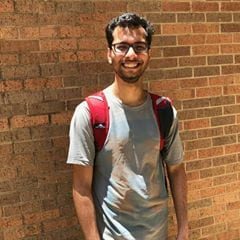
Akshat was an undergraduate student at University of Texas at Arlington pursuing a Bachelor of Science in Physics and Mathematics. As a sophomore and junior, he helped Dr. Jonathan Asaadi with various hardware and software projects to calibrate and construct different parts of LArTPCs. He worked with the UTA-nuRES group developing techniques to measure the Z coordinate of events using diffusion in NEXT-100 detector.
Akshat began his PhD in Astronomy at the Univeristy of Illinois at Urbana Champaign fall 2020. He presently works with Dr. Decker French at UIUC on post-starburst galaxies, focusing on the role that heating and shocks of molecular gas play in turning galaxies from star-forming to quiescent using data from the NIR spectrometer in Magellan.
Denise Huerta, Undergraduate Physics 2018 – PhD student, Notre Dame

Denise A. Huerta worked on UTA’s NEXT (Neutrino Experiment with Xenon TPC’s) research group under the guidance of Dr. Ben Jones. Her work primarily focused on the design and development of vacuum sealed PDMS membranes for the testing of fluorescent dyes in a completely dry phase. Denise presented her work at the Conference for Undergraduate Women In Physics as well UTA’s ACES symposium.
Denise will started her PhD in neutrino physics at Notre Dame University in Fall 2021. She is working with Dr Laura Fields on the Minerva and DUNE neutrino experiments. She is also the graduate representative to the National Society of Hispanic Physicists.
Ryne Dingler, Undergraduate Physics 2019 – PhD student, Southern Methodist University
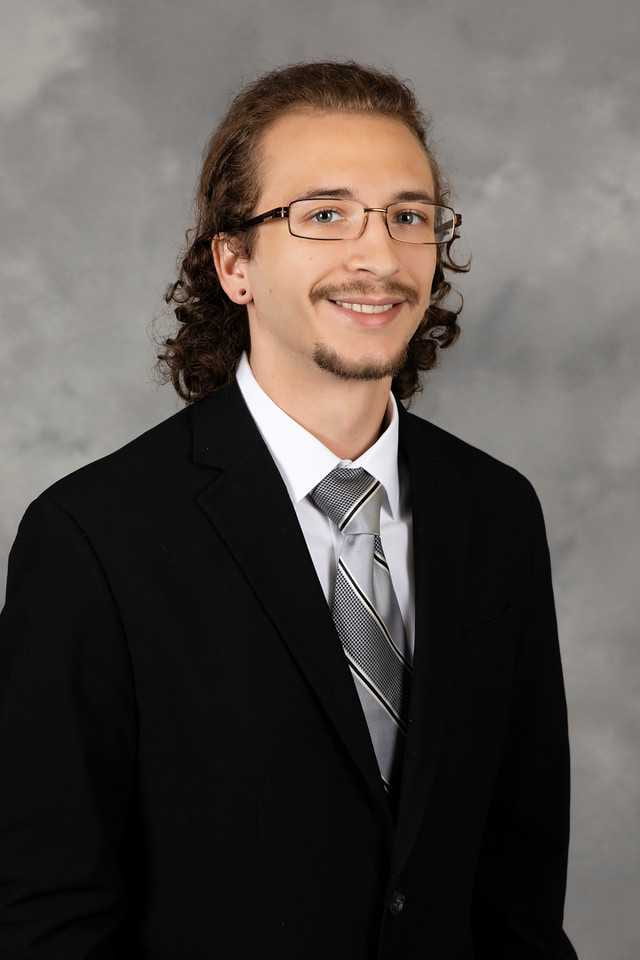
Ryne Dingler was an undergraduate physics major with a minor in mathematics at the University of Texas at Arlington. He is an alumni of the Louis Stokes Association for Minority Participation and UTA’s Undergraduate Research Opportunity Program as well as a Ronald E. McNair Scholar. He is the recipient of such awards as the Lockheed Martin Endowed Scholarship, the Chance Vought Endowment, the B. Cecil and J. Thompson Scholarship, the Scharf Award, and the Friends of the UTA Library Scholarship. Ryne worked on research on the NEXT experiment, including studies of cosmogenic neutron production and tests of electroluminescent of xenon-argon mixtures.
Ryne is now working towards his PhD in physics at Southern Methodist University (SMU)
Dr Ibrahim Safa, Undergraduate Physics 2017 – PhD at Wisconsin and Harvard, now a postdoc at Columbia University
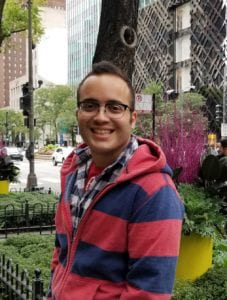
Ibrahim Safa worked with the UTA-nuRES group on studies of the South Pole glacial ice optical properties for the IceCube Neutrino Telescope, in addition to laboratory R&D on performance of sodium iodide scintillation crystals under applied electric and magnetic fields.. He travelled to multiple collaboration meetings across the United States to present his work, and it led to a publication in the Journal of Cosmology and Astroparticle Physics.
After leaving the group, Ibrahim earned a PhD in Physics at the University of Madison, Wisconsin, with work with Francis Halzen, the PI of the IceCube Neutrino Telescope and Carlos Argüelles. He studied neutrino point sources and neutrino dark matter interactions, with both experimental and phenomenological approaches. He is now a postdoc at Columbia University in New York.
Sanmitra Pingulkar, Undergraduate Mechanical Engineering 2020 – Professional mechanical engineer at Square Roots Inc and then project engineer on the DUNE experiment.
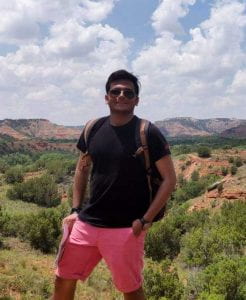
Sanmitra Pingulkar was an undergraduate researcher studying Mechanical Engineering at University of Texas at Arlington. He worked as an Engineering assistant in the NEXT collaboration at UTA. He worked on designs for the NEXT-100 electroluminescence regions including the large-scale Mothership test system for high pressure gas detector QA/QC in the high pressure xenon gas laboratory.
Sanmitra left our group to become a Mechanical Engineer at Square Roots MicroGreens in Brooklyn, NYC, then moved back into physics to work as a mechanical engineer on the DUNE far detector in Lead, South Dakota.